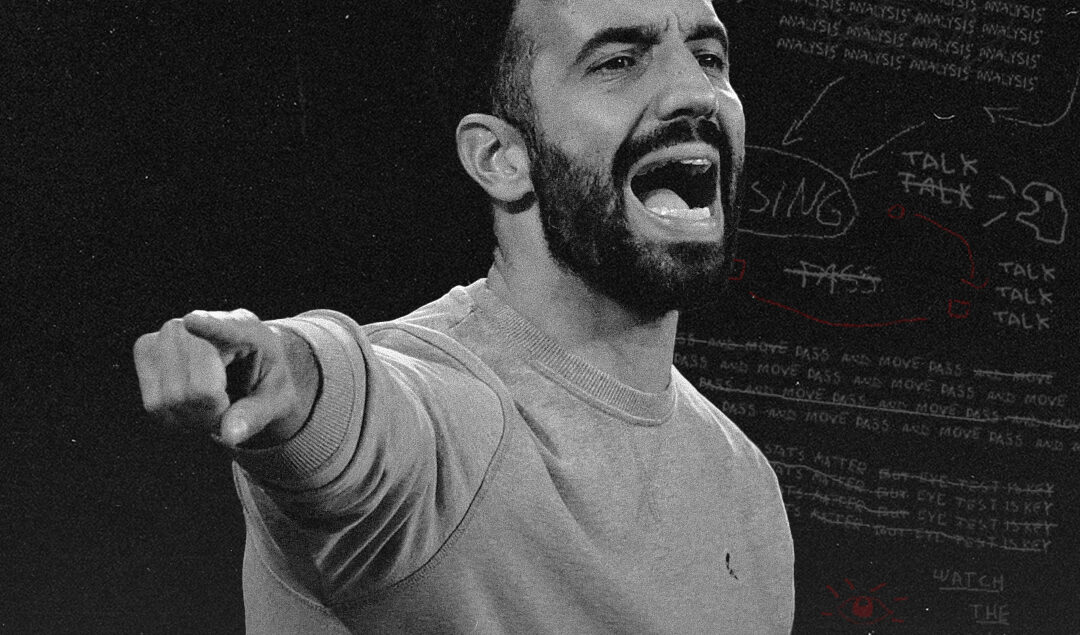Amorim’s United Blueprint: Part 2: The Audit: Planning out the Squad
In this second chapter of this three-part series looking at how Rúben Amorim ‘s appointment as Manchester United manager, we will look at how each role and position fits into Amorim’s tactical philosophy which we covered in the first part of the series. We will be going in depth on what each position and role will entail for the Man United squad and look at which players will best fit into each role and have a look at the depth in each position. Introducing: Part 2: The Audit: Planning out the Squad.
GK:
This one is fairly self-explanatory in terms of first choice and backups but it’s the role that’s a little bit more interesting. The goalkeeper needs to be very confident on the ball, being able to step up into the defensive line during build-ups and act as the extra man during build-ups, turning a 4-2 or a 3-2 build-up shape into a 4-3 or a 3-3 shape and giving the build up extra stability.
The first choice in this position is going to be Andre Onana, clear cut first choice, big money signing last summer and no other GK at the club compares to him. Altay Bayindir and Tom Heaton are both more than good enough backups but the drop-off in quality of shot-stopping and on-ball ability is too big to even have a debate.
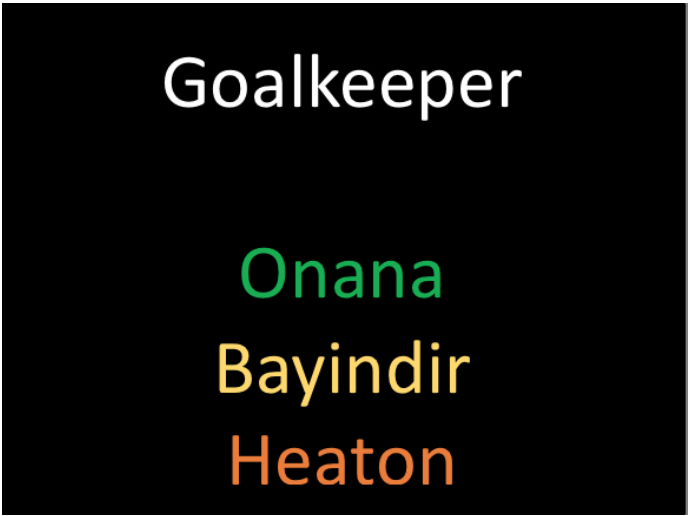
Left and Right Centre Backs
This is where the roles and pecking order of players get interesting, for me, there is no clear-cut favourite to be the outright starter and first choice in either of these positions as it requires a player with a few different skills to be able to play this role under Amorim.
These wide centre-backs need not only to be able to defend the wide channels but also be able to defend the box well when sitting deeper, receiving the ball under pressure, sometimes in smaller spaces of the pitch and be able to progress the ball up the pitch whether that’s through passing or carrying. Now choosing a first-choice player for each of these centre-back positions is harder than you may think as we have a couple of centre-backs who can do the role very well and then some who can do it but not to a really high standard.
For the right centre-back position, my first choice would be Matthijs de Ligt. While some argue he lacks top-level passing and carrying ability, he offers an intensity and pressure that few others provide. His passing isn’t world-class, but it’s underrated. As for Leny Yoro, he’s only 19 and hasn’t played in the Premier League or adjusted fully, so he needs time to develop and regain fitness.
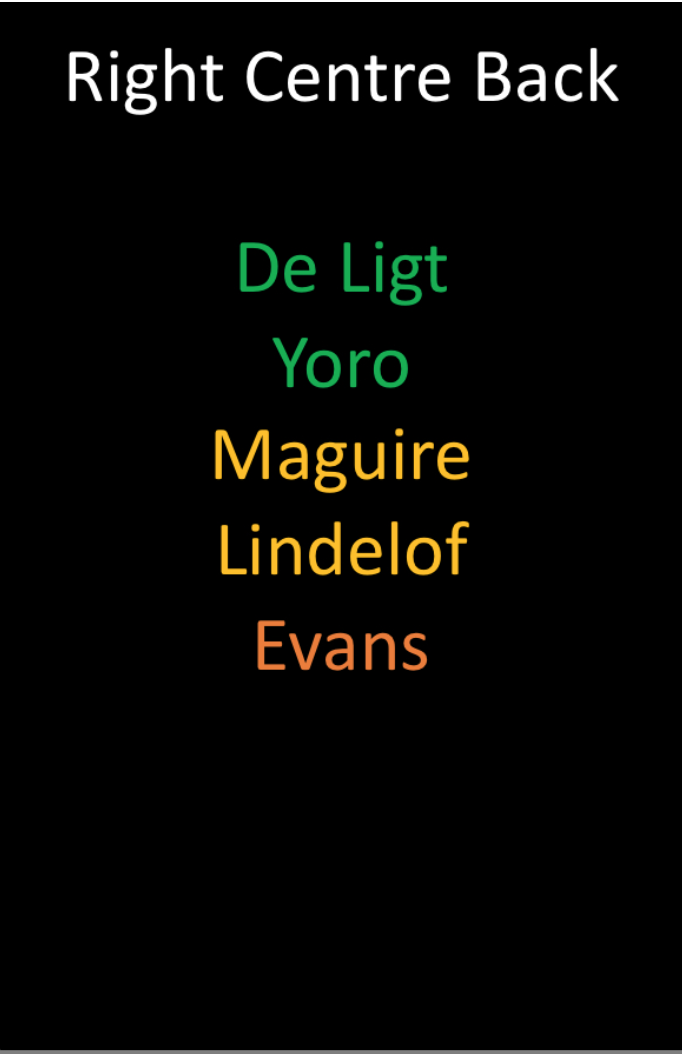
For the left centre-back position, my first choice is Luke Shaw due to his ability to progress the ball effectively and his potential to stay fit in a deeper role. My second choice is Lisandro Martínez, who also possesses good ball skills, though he has some weaknesses in defending wider channels.but definitely isn’t a strength.
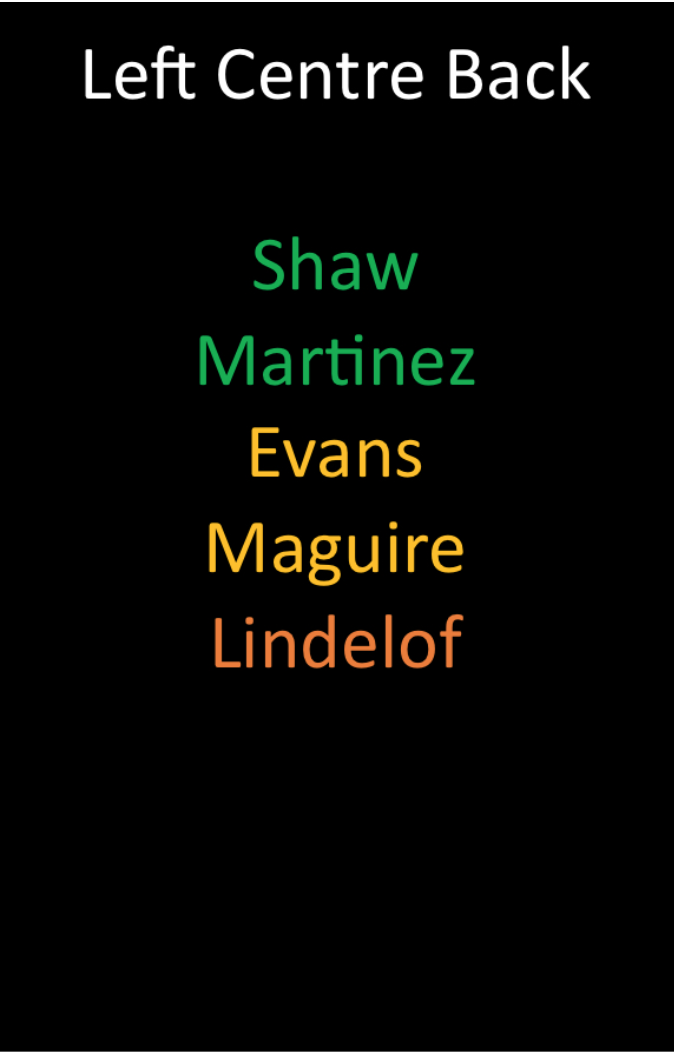
This defender, while not as versatile as wide defenders, must possess a similar skill set and the ability to organize the backline. He typically positions himself in the back three but can push into the midfield pivot. When in midfield, he often receives the ball with his back to goal, making quick passes to wider center backs or wingbacks to advance play.
In the early stages, he should demonstrate short passing, quick ball recycling, wide switches, and accurate long balls toward the center. Unlike traditional central defenders in a back three, he is expected to step out of the defensive line to press attackers and challenge further up the pitch.
Now in terms of players fitting into this role, Martínez seems to be the perfect choice, being allowed to step up into the midfield, using his press resistance to avoid losing the ball and also his range of passing will be perfect for the role. However we don’t really have another centre-back who can do this role exactly like Martínez so Amorim may have to tweak the role slightly and not have them step up into midfield, in which case De Ligt is a more than adequate second choice for this role.
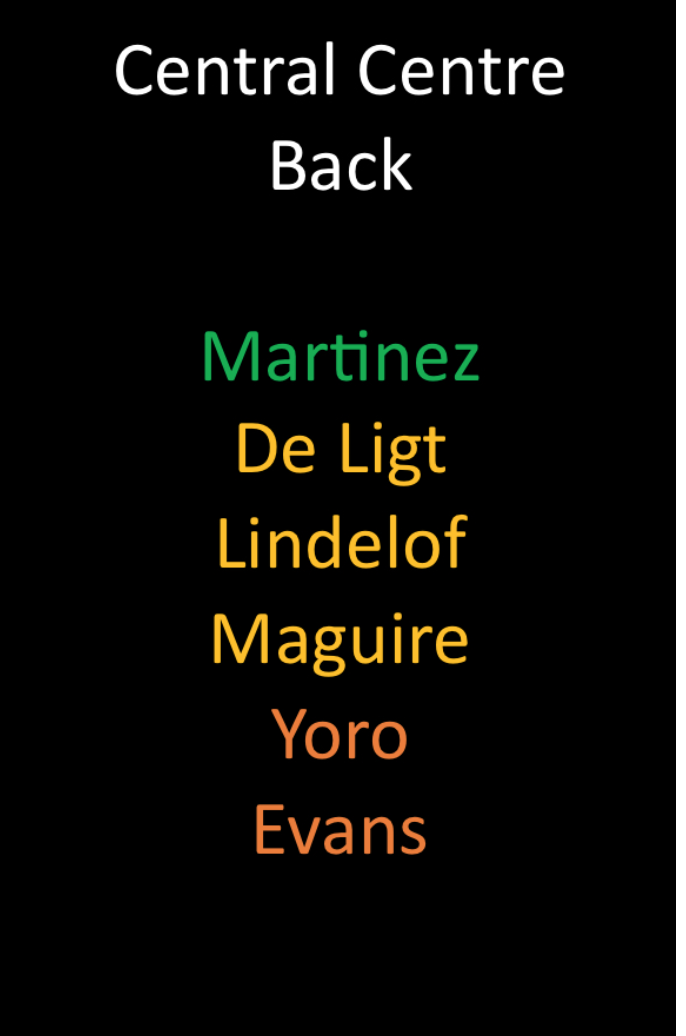
Left and Right Wing Backs:
In Amorim’s system, wingbacks have a straightforward yet physically demanding role, requiring them to constantly move up and down the flanks. During build-up play, they typically position themselves like full-backs, passing the ball back to center-backs or finding forwards. Once past the initial phase, wingbacks become more active, pushing up the pitch to stretch the defense, create gaps, and set up attacks by delivering crosses into the box for attackers.
This season though we have seen Amorim experiment with the right wing back role using a left footed player such as Geovany Quenda or Geny Catamo in the right wing back role to offer the same benefits of having a inverted winger in his side who has the ability to cut inside on their stronger foot when out wide or still be able to drive past his man and put in a cross.
The wing back positions are both very interesting as we don’t really have the players that suit being an Amorim wing back apart from in my opinion Luke Shaw. The wing backs are basically wingers once out of the first phase of build up and our current options don’t really suit that.
However on the right side my first choice would be Noussair Mazraoui as he has shown that he is more than capable both in build up and in the final third and already having good chemistry with those further forward. Diogo Dalot is a more than adequate back up for this position and can probably cover in many other positions also, I just think he lacks that consistency in the final third and quality with his final ball.
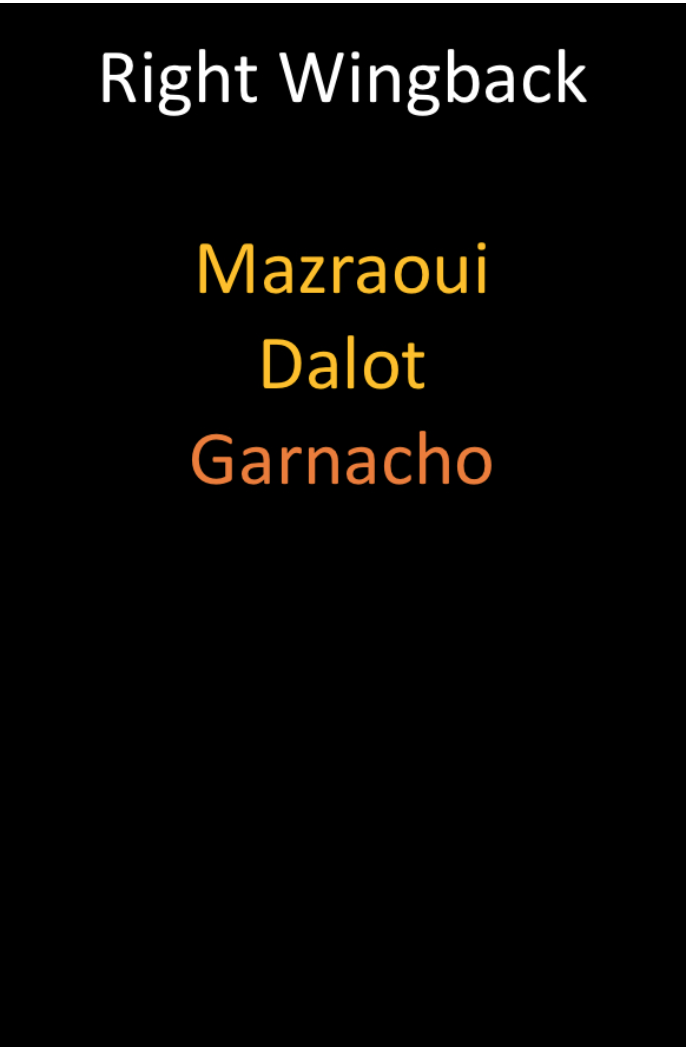
For the left side, it gets a little more complicated, as I said earlier I think Shaw is the only player capable of playing this role to its full potential but with his injury problems I’d prefer him to stay deeper instead of having to be constantly sprinting up and down the left wing, the same problem with Tyrell Malacia and we also don’t know what sort of level he will be at after such a long lay off.
As such, we may need some experimentation at left wing-back, giving youth a chance and playing Harry Amass, using Alejandro Garnacho is an option as Amorim has shown he doesn’t mind using very attack-minded wingers in this position and very carefully managing the minutes and game time of Shaw and Malacia.
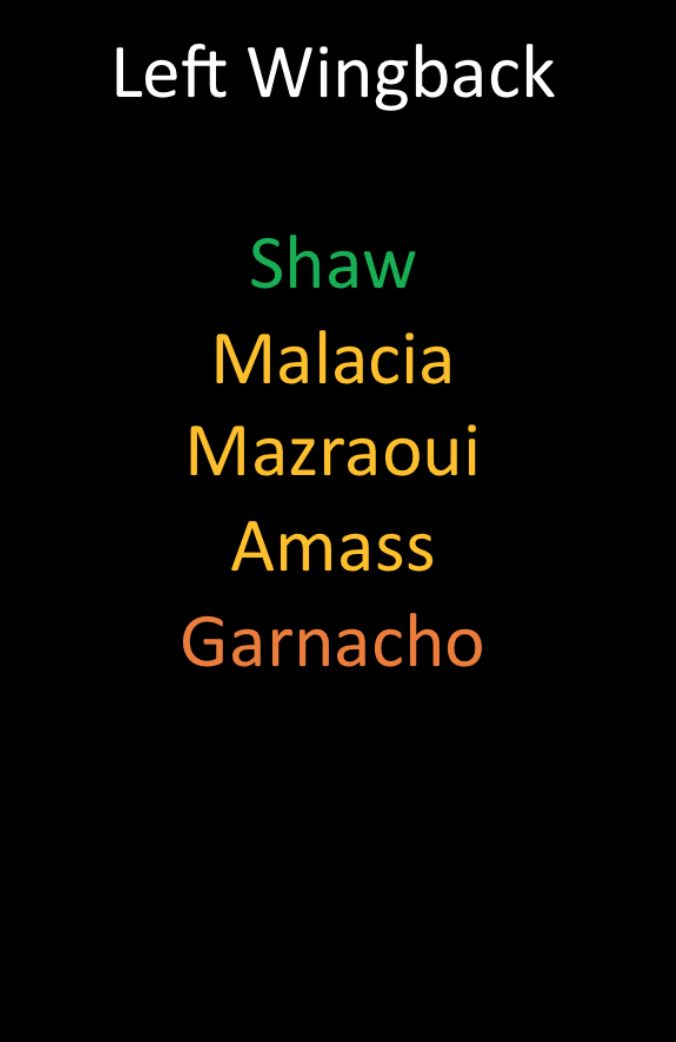
The Midfield Pivot
In Amorim’s system, the midfield pivot remains consistent, featuring a holding midfielder and one that advances into the final third. The holding midfielder plays a simple role during build-up, positioned in a pivot with the advancing centre-back. His focus is on short, safe passes, primarily bouncing the ball back to the centre backs or wingbacks. He will attempt riskier passes only if he has the time and space to do so.
The more adventurous midfielder is an important cog in Amorim’s system. This midfielder needs to have the defensive ability of a holding midfielder but the creativity and attacking ability of a number 10. During the build up he will place himself further up the pitch, sort of in between a 8 and a 10 position. He will rarely drop deeper to form a deeper pivot though it is not unusual. He is basically the connector between the first phase of build up and getting it forward into the final third.
Let’s start with the question of who should be starting in the holding midfielder position. There isn’t a definitive answer here with both Casemiro and Manuel Ugarte proving capable of fulfilling this role, but Ugarte’s prior experience with Amorim during their time together at Sporting should see the Uruguayan get the nod and start in the anchor role.
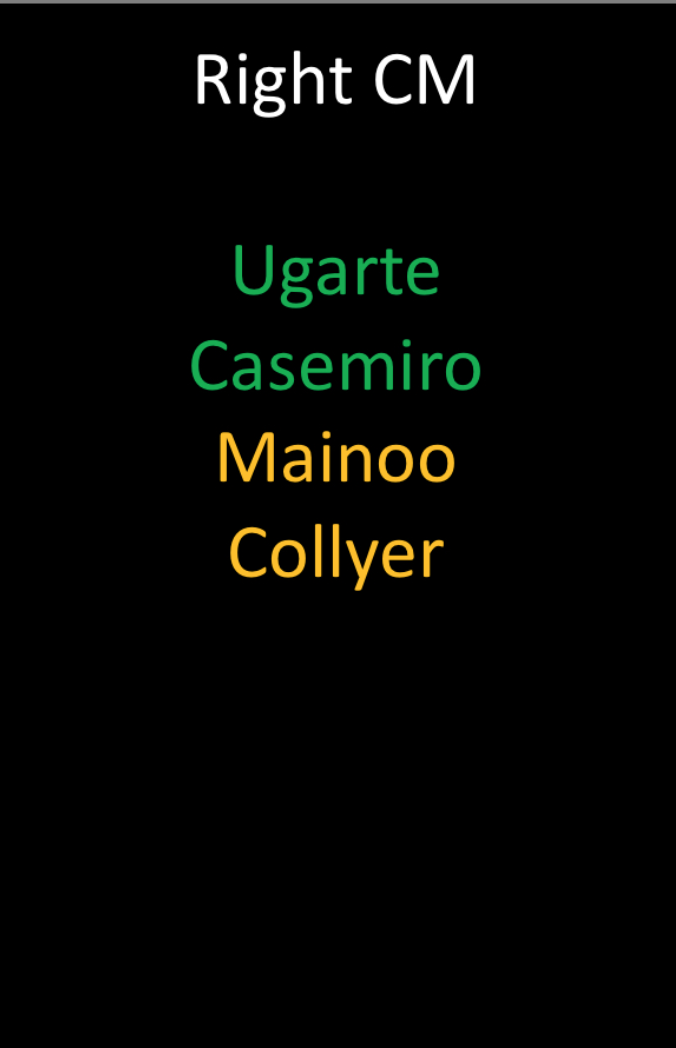
Choosing the most advanced midfielder is a bit easier, but I’m personally not entirely satisfied with the options. The obvious choice is Kobbie Mainoo, and I believe he can thrive in this role; however, I don’t think he should be the clear first choice. I’ll elaborate on this later. In terms of alternatives, we have Christian Eriksen, who can step in and perform adequately when we have possession of the ball. The issue arises when we are out of possession, where I have concerns about his effectiveness.
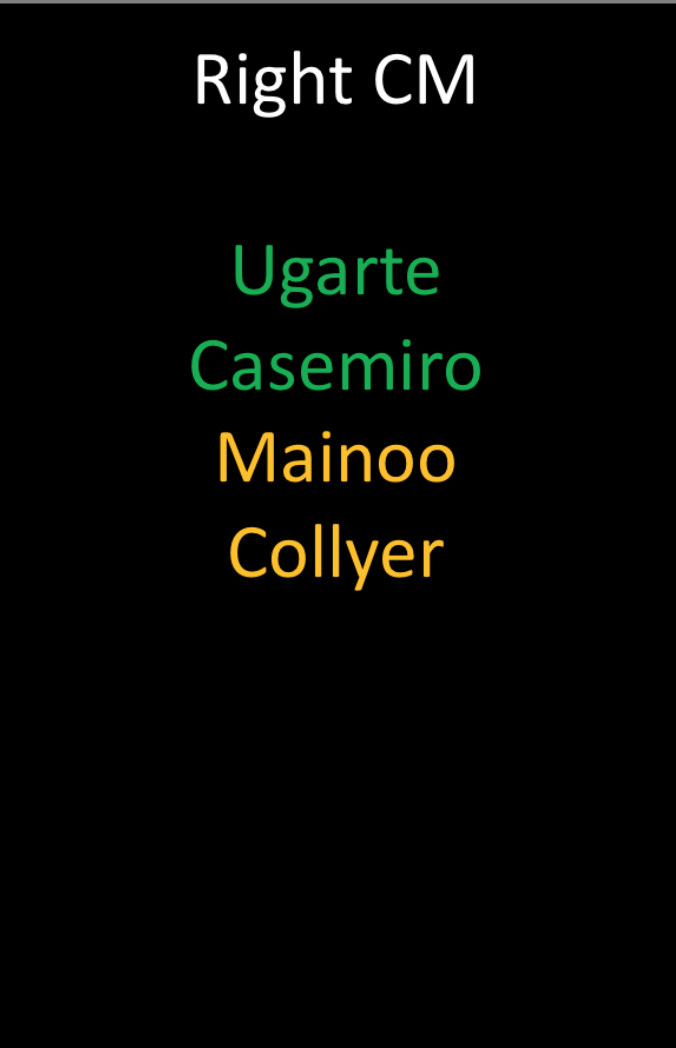
Right Forward
The right-sided attacking midfielder is primarily a playmaker, often dropping deeper to connect and progress the ball. He must possess creativity, ball-carrying skills, press resistance for navigating congested areas, good link-up play to form diamonds and triangles, and the ability to maintain width on his side when necessary.
When discussing options for the position, the only player who should be seriously considered is Amad Diallo. His skills and style of play align perfectly with the requirements of this role. He can drop deeper to help link the play, is press-resistant, remains calm on the ball, and is both creative and capable of contributing with goals and assists. In my opinion, he is the ideal choice. Additionally, we have other viable options for this role, including Bruno Fernandes, Mason Mount, and Joshua Zirkzee, all of whom can perform well.
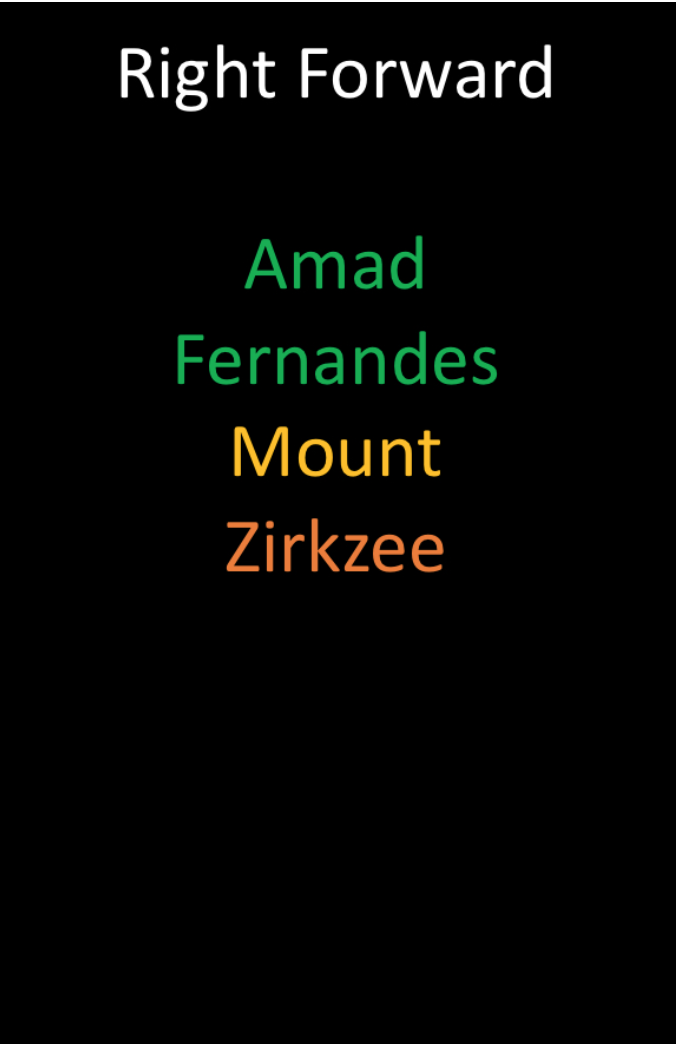
Left Forward
The left-sided attacking midfielder primarily focuses on the final third, with the freedom to roam, support the striker, create overloads, and crash the box on crosses. In contrast, the right-sided forward is more playmaking-oriented, mainly concerned with scoring or delivering the final pass. The situation with the left side forward position is somewhat uncertain, and it likely depends on what Amorim wants from this player.
Fernandes is likely the best fit for the left-sided forward — he is a player who cannot be left out right now. He is a goalscorer and a playmaker; at times, he is the driving force behind United’s attack and has the ability to create chances from seemingly nothing. However, Marcus Rashford is a close second for this role. He can also perform well as a supporting striker by getting on the ball deeper, driving forward, or making runs beyond the main striker.
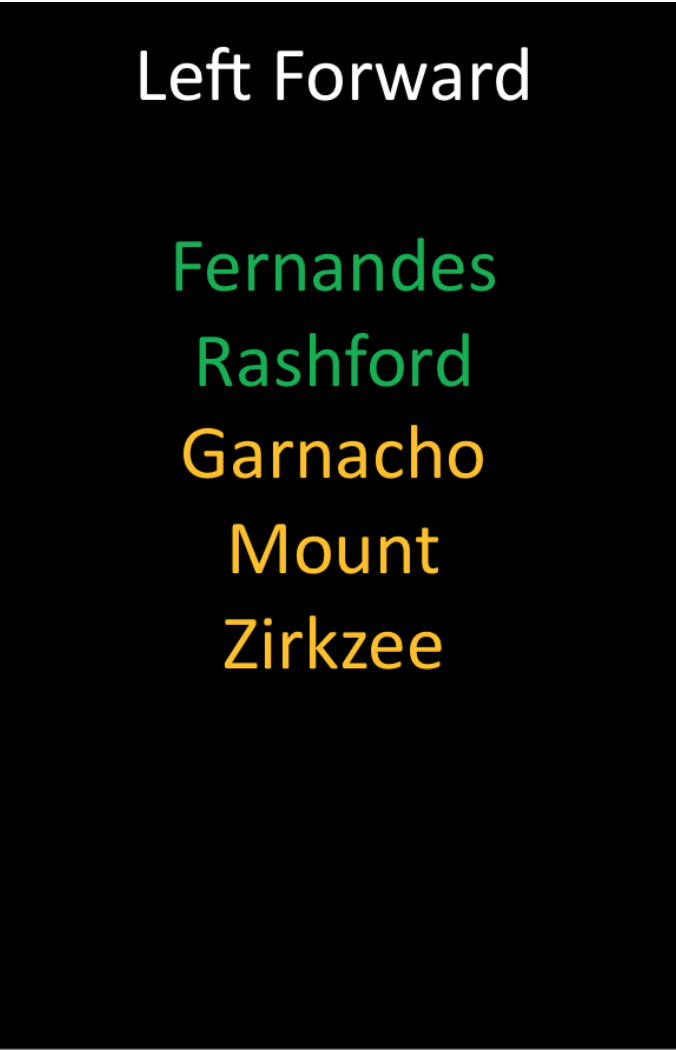
Centre Forward:
The centre forward is the main threat to the opponent’s goal: he leads the line, offering a threat in behind at all times and being the main man to get onto those killer final balls. The centre forward needs to have exceptional running power, have clever movement in and around the box and have the smarts when making runs into the channels making sure his runs are into areas that can affect and hurt the opposition defence. He also needs to have strong hold up play as he will be the outlet when playing out from the back isn’t quite working.
When it comes to the pecking order for the striker position, it’s quite straightforward. Rasmus Højlund is clearly the top choice, as he mirrors the style of Amorim’s star striker at Sporting, Viktor Gyökeres, whom he personally selected and insisted be signed last summer.
Højlund excels at running the channels and continually making runs behind defense, and when he’s confident, he is a deadly finisher. Rashford is a close second, as he can provide similar movement to Højlund. However, one area of concern that is worth noting is that Rashford has yet to perform at his best in a central striker role.
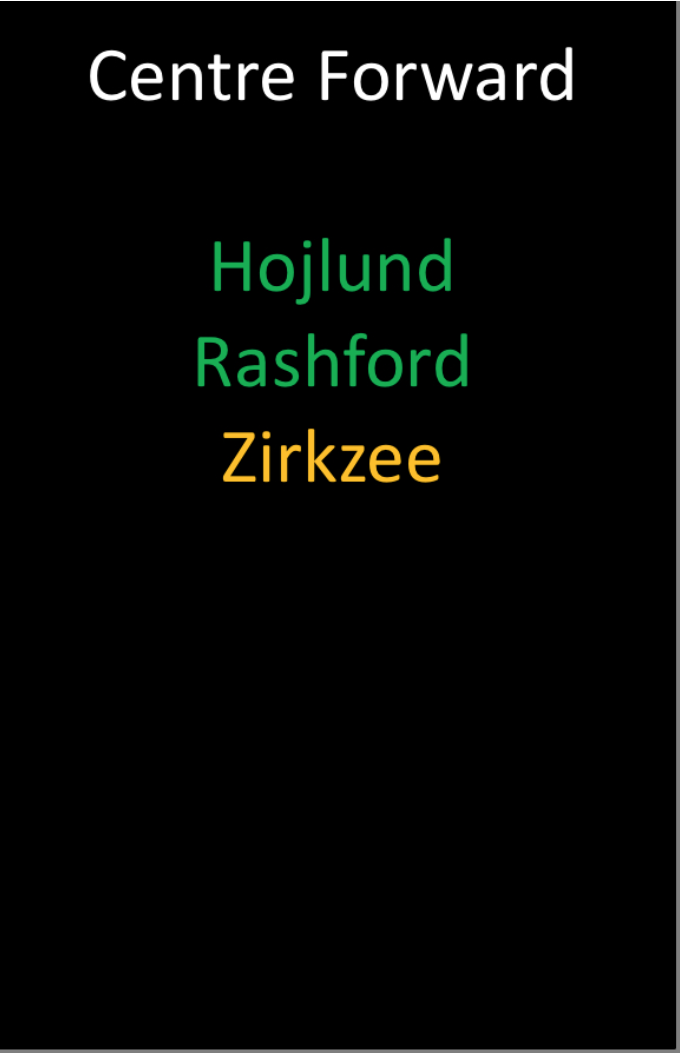
Whilst the squad doesn’t look that bad on paper — certainly better than Manchester United’s current 13th-place ranking — there are undoubtedly several areas where they will be looking to reinforce in the January transfer window. Next, we’ll be delving deeper into United’s squad depth, what we can expect over the course of the 2024/25 season, and the most pertinent issues that need fixing sooner rather than later.
By: @Declan3013
Featured Image: @GabFoligno / Justin Setterfield / Getty Images
